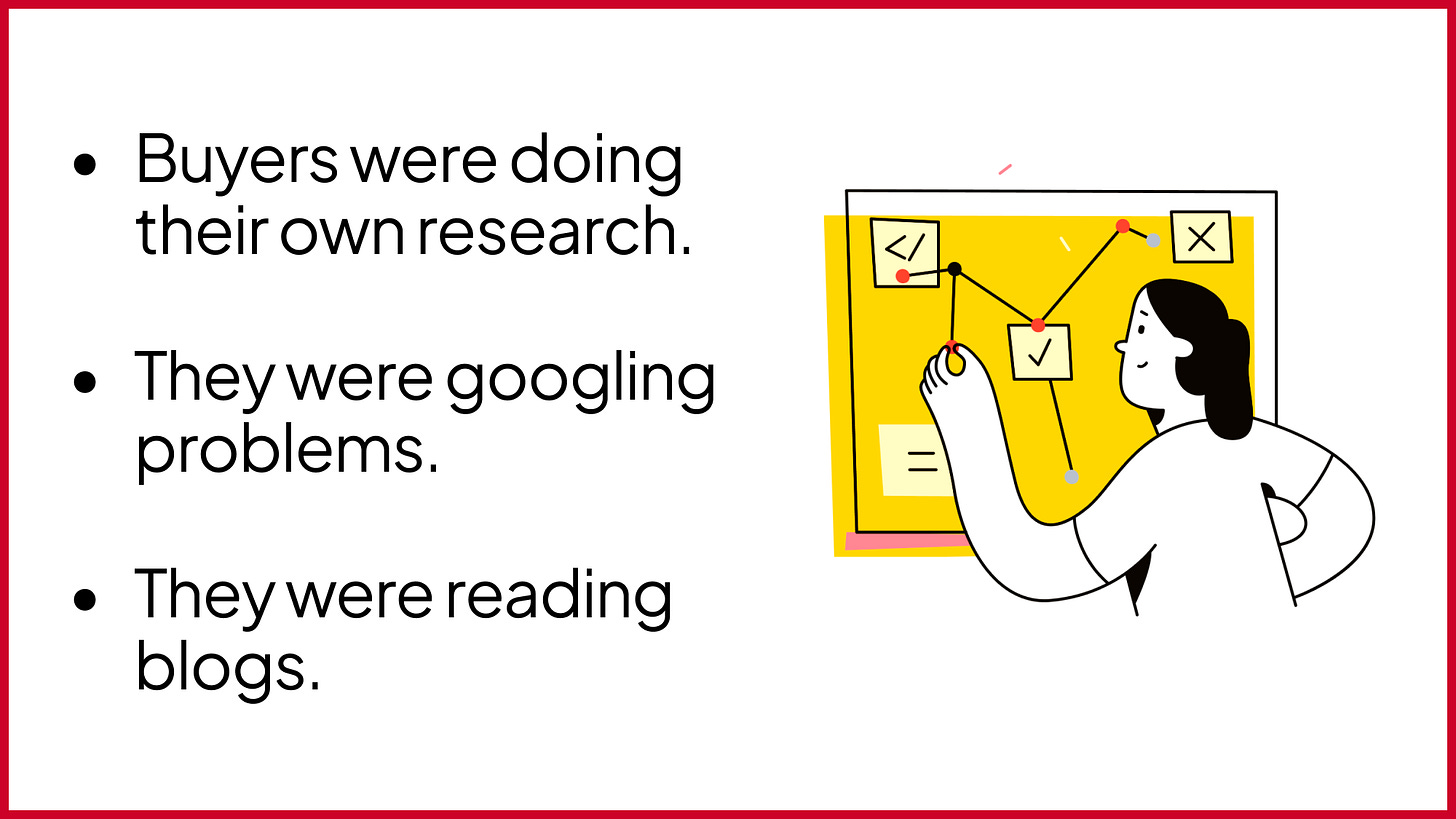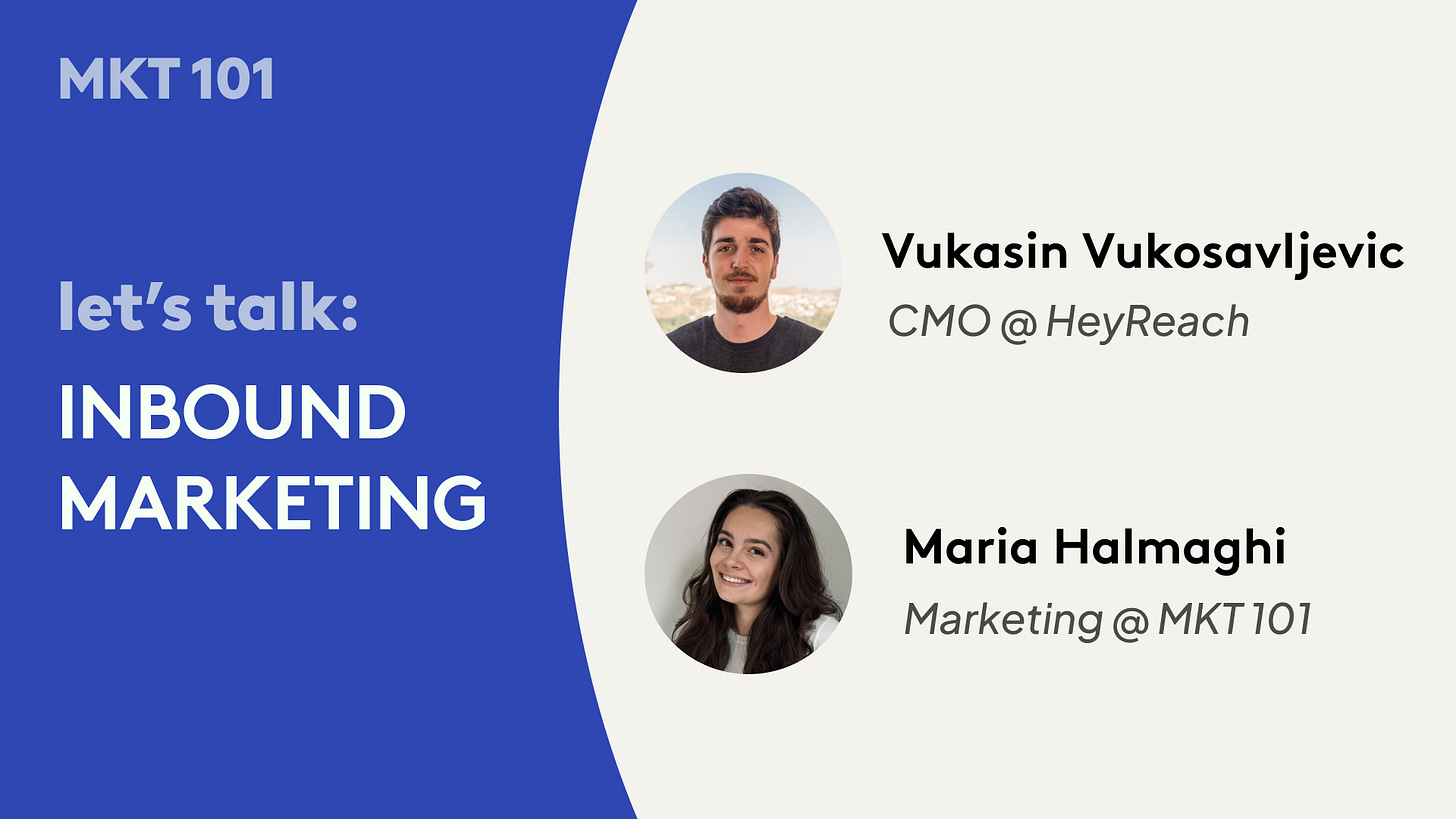Help first, sell later: the gist of inbound marketing
In 2006, HubSpot was just a startup.
They weren’t trying to shout louder than traditional ad agencies or outspend big brands. Instead, they asked a bigger question:
What if marketing didn’t have to interrupt people to be effective?
At the time, that idea sounded crazy.
Most believed marketing meant chasing after people, not helping them first.
But HubSpot’s founders, Brian Halligan and Dharmesh Shah, noticed a shift:
Instead of being "sold to" people wanted to discover helpful content on their own terms. This shift planted the seed for what would later become inbound marketing.
However, at that time nobody even knew what “inbound marketing” meant - so they wrote the book on it (literally).
In 2009, Inbound Marketing: Get Found Using Google, Social Media, and Blogs hit shelves and helped put both the concept and HubSpot on the map.
Was inbound marketing really new?
Kind of!
It was a modern mix of ideas that already existed:
Permission marketing
Coined by Seth Godin in 1999, it’s when a company asks for and earns your permission to send you marketing messages, rather than just bombarding you without consent.
For example, when you sign up for a newsletter like this one, you’re giving permission. The opposite would be interruptive marketing - such as cold calls, pop-up ads, or spam emails you didn’t ask for.
Content marketing
Brands had been telling stories for decades: inbound just brought it online, at scale.
SEO, email lists, blogging
All tools that existed - but were scattered and underused in a cohesive way.
The core inbound idea for start-ups
Help first, sell later.
Inbound channels that start-ups can use:
Blog posts
SEO
Social media
Free templates/tools
Videos, webinars, courses
Email newsletters
Over time, trust builds → leads convert → customers stay.
Final thoughts
You can still find HubSpot’s book, however in an updated version:
When the first edition came out in 2009, it was all about getting found via search, blogs, and social. But over time, HubSpot's philosophy grew to include the full customer experience - not just attracting leads, but also engaging and delighting them after they become customers.
The new title “Inbound Marketing: Attract, Engage, and Delight Customers Online” reflects the inbound flywheel:
Attract → Engage → Delight
To explore this topic even further, I had a chat with Vukasin Vukosavljevic, CMO at HeyReach. Together, we discussed:
✅ How to build a strong inbound system
✅ How to balance outbound with inbound efforts
✅ When (and if) to revisit your inbound strategy
Catch the full video on the MKT 101 YouTube channel!
Until next time,
Maria




